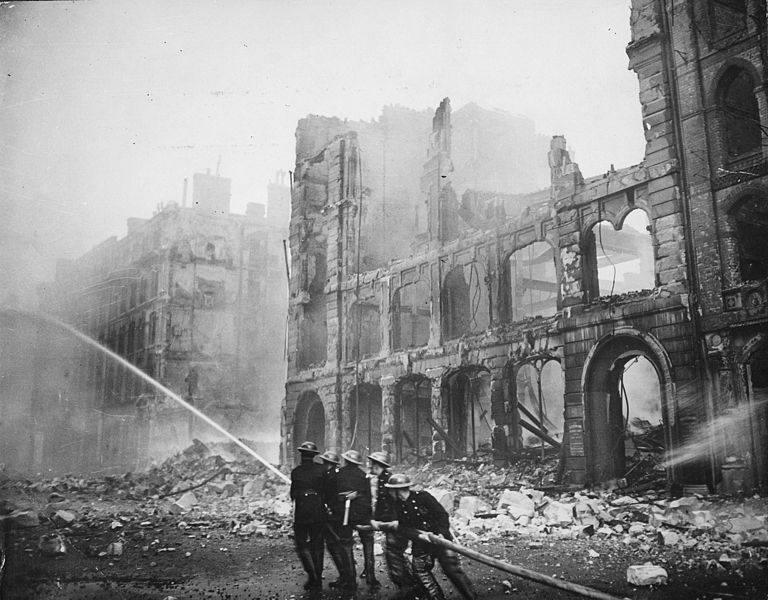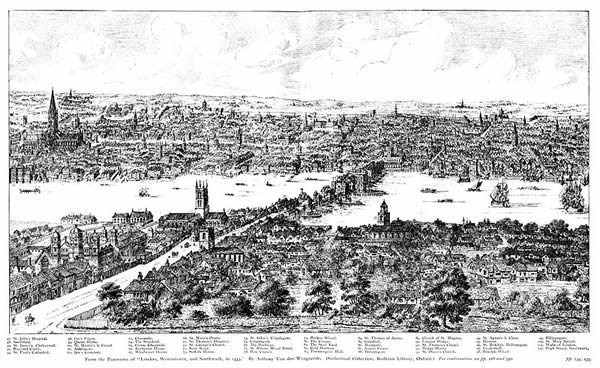English Across the Curriculum
London
History of London
London has a 2000 year old history. In the first century A.D. the Romans came to Great Britain and founded a settlement near the mouth of the River Thames . They called it Londinium.
After they left London about four hundred years later the Saxons, a Germanic tribe , settled in the area. In the centuries that followed Vikings repeatedly attacked the city .
When William the Conqueror invaded Britain in 1066 London was already the biggest town on the island. William made the city its capital and crowned himself king in Westminster Abbey on Christmas Day. He also built the Tower of London to protect the city from invaders .
During the Middle Ages London grew steadily. It became one of Europe's trading centres and its population grew to about 200,000 by the beginning of the 17th century . Then disaster struck the city twice. The Great Plague of 1665 killed about a fourth of the city's population. A year later the Great Fire burned down most of the older part of the city. After this tragedy the city was rebuilt with houses made of stone and brick instead of wood.
At the beginning of the Industrial Revolution almost a million people lived in London. It was the largest city in the world and the centre of the British Empire, which, at that time, was growing at a rapid pace .
As more and more people moved to the city from the countryside London needed more and better transportation systems. In 1863 it became the first city in the world to start an underground railway system .
During the Second World War, Nazi Germany bombed London heavily . 30,000 people were killed. The rebuilding of the city after World War II caused many problems. City planners did not want London to grow endlessly in all directions. A green belt was created around the city to stop its expansion . Outside of this green area new towns emerged. They became small cities which many people moved to later on.

London during the bombings of World War II
Image: New York Times Paris Bureau Collection, Public domain,
via Wikimedia Commons
In the second half of the 20th century London faced many problems that other megacities also have: air pollution, traffic jams and unemployment.
In the 1970s and 80s the Docklands in the eastern part of London were rebuilt. They were once part of the world's largest harbour . The Docklands lost their importance as the British Empire lost its colonies. In the past decades new office buildings , shopping centers and a new airport have been created in an attempt to revitalize this region.

